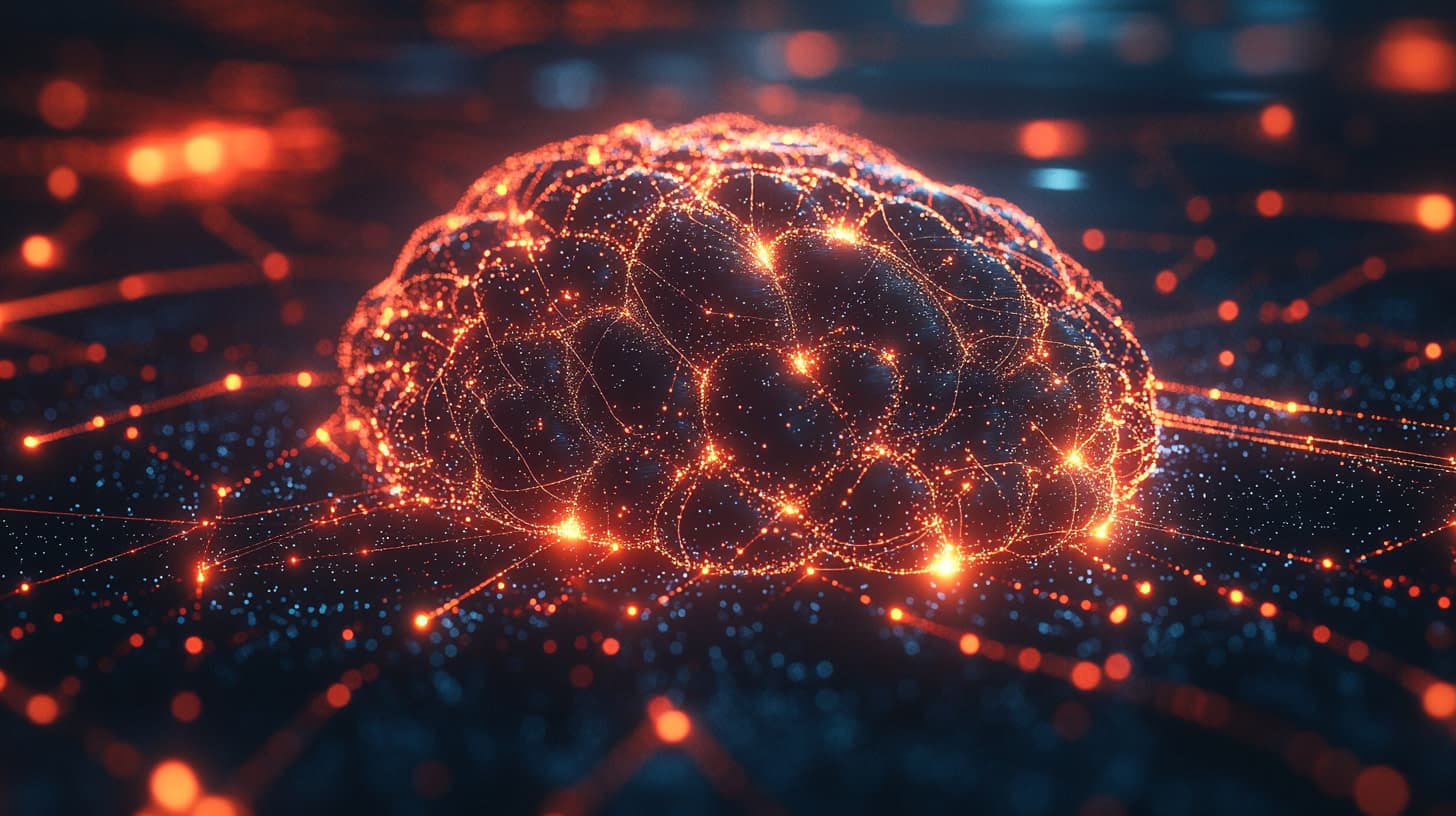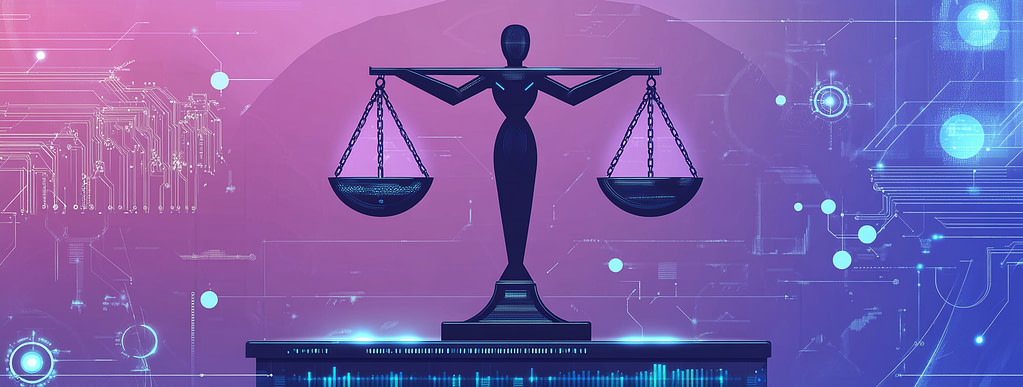Understanding the Role of Embedding Vectors in RAG Systems

Retrieval Augmented Generation (RAG) systems have been one of the major driving forces behind AI and LLM model performance. It has embedding vectors, which are also critical to the model performances as well. That’s because it has the ability to bridge gaps between vast, unstructured data and the refined, searchable indexes that are beneficial for AI applications. You’re about to learn what embedding vectors can do in RAG systems and how they can prove themselves useful – all in this “behind the scenes” guide.
The Essence of Embedding Vectors in AI
Embedding vectors can be vital for RAG systems as a whole. Especially when it has capabilities that change the game when it comes to data representation and capturing those data points. Those data points are words, sentences, even whole documents. The data is unstructured (at the outset) and is formed to where machines can process and understand with ease.

What Are Embedding Vectors?
The purpose of embedding vectors is that they take data that is raw and unstructured. Next, that data is transformed into a format that is structured and numerical. AI models will need this structured data in order to perform various tasks. Such tasks include semantic analysis, pattern recognition, natural language processing, and more. AI systems will use this vectorized data to efficiently compare and analyze information while uncovering relationships and insights that were not connected to each other in raw form.
The vectors are often generated via models that use vast datasets for training purposes. They will capture the nuanced relationships between pieces of data that differ from one another. An example works with similar meanings – which are positioned close to one another in a vector space. An AI model will pick up on this and understand the context and semantics.
Why Embedding Vectors Are Key to AI Success
Embedding vectors does more than data representations. They intend on operating at a level of understanding and contextual awareness to the point where it mimics human cognition. By having this capability, it will also be used in applications that need nuanced interpretations of language. Examples of these include recommendation systems, content analysis tools, and chatbots.
Another thing embedding vectors can do is facilitate the handling of vast and diverse datasets. It will take complex information and compress it into a form of data that is manageable and easy to analyze for AI models – especially when they need data to learn and train itself on the functionalities that it needs to perform.
Embedding Vectors in the Context of RAG Systems
RAG systems have the ability to leverage the power of embedding vectors. The goal here is enhancing the LLMs overall performance. That’s where retrieval mechanisms will integrate with generative capabilities, allowing RAG systems to have access to much more information while improving their insights and overall responses.
The Role of Embedding Vectors in RAG
Embedded vectors will be able to connect unstructured data sources to the LLM’s generative components. It’s also able to retrieve relevant information from vast datasets, which the LLM needs in order to generate outputs in an informed and contextually aware output. That unstructured data will be converted into embedding vectors prior to being stored in databases.
From there, if an LLM needs information, it will go to these databases and use the vectors that are generated from the user’s input query. Next, the most relevant data points are retrieved and given to the LLM, allowing it to augment its knowledge base and improve the output quality.

Challenges and Considerations
Yes, embedding vectors in RAG systems will have its set of challenges. One of them is the vector quality and how it will play a role in the system’s overall performance. Another is managing the computational resources needed for both vector storage and retrieval – both of which may face logistical challenges of their own.
Lastly, the dynamic nature of the data should also be considered. The reason for this is that new information will become available on a regular basis. When that does, RAG systems will need to be ready to include that data. Therefore, the systems will need to update their vector databases to ensure that they are both accurate and relevant.
Mechanisms like data ingestion and vector generation will both be necessary for making sure a RAG system’s knowledge base stays up to date. Otherwise, this can affect AI output and risk providing the user with misleading or false information.
Optimizing Embedding Vectors for RAG Performance

Optimizing embedding vectors is critical to RAG systems and for good reason. Not only will the generation and utilization be optimized, but AI performance will be enhanced as well.
Strategies for Vector Optimization
Vector optimization can be implemented with strategies that will make embedding vectors in RAG systems more effective. First, selecting appropriate models for vector generation will be important. Those models will need to be fine-tuned on datasets that are domain-specific. Following this, dimensionality reduction techniques will be used to create a balance between vector quality and computational efficiency.
The vector retrieval process will also include the refinement of search algorithms and indexing methods. Its goal is to make sure the retrieval of relevant vectors are both rapid and accurate.
Future Directions in Embedding Vector Research
The embedding vector field has the potential to expand beyond its current form. As such, research and development will be continuous in terms of creating more sophisticated models that capture semantic relationships that are much deeper along with contextual nuances. Innovations in both hardware and software can also play a role in handling challenges such as computational constraints, making the vector representations more complex and detailed.
The integration of embedding vectors with AI technologies that are emerging are creating a lot of promise – especially with transformer models and neural networks being at the forefront. In all likelihood, it can lead to the development of AI applications that will have much higher levels of understanding and adaptability than ever before.
Enhancing Vector Quality through Advanced Training Techniques

Advanced training techniques have the ability to improve vector quality. Researchers are continuing to find plenty of insights on making this more possible while discovering various techniques in the process. These techniques include contrastive learning, multi-task learning, and self-supervised learning – all of which are aimed to make embedding vectors more powerful.
Contrastive learning is intent on training models to bring similar data points close to one another in an embedding space while ensuring dissimilar points pull far apart from one another. As such, the process will allow the AI model to improve the embedding vectors using more robust representations.
Self-supervised learning techniques will be intent on leveraging the inherent structure of the data that is used to generate supervision signals, albeit automatically. It can predict certain parts of input data and allow the model to learn the skill of capturing meaningful relationships using this data in particular.
Lastly, multi-task learning will ensure that a model will be trained on multiple related tasks being performed at the same time. This is done by sharing information across different tasks so that the model can be able to learn more generalized representations that can improve the quality of embedding vectors. Multi-task learning will be useful especially in scenarios where data limitations arise for a specific task (in which the model can leverage such information from related tasks and enhance performance).
Addressing Bias and Fairness in Embedding Vectors

Bias stands as one of the most critical concerns in AI applications. That’s because it can be present in training data that was encoded unintentionally. As a result, this can lead to outcomes that are biased in AI systems and can alienate users, particular those of specific groups.
Addressing bias and promoting fairness will be critical. That’s where researchers can be able to explore various techniques like algorithm debiasing and fairness awareness training in order to make the process more efficient. The purpose of debiasing algorithms is that it will identify and mitigate any biases that exist in training data – making embedding vectors easier to capture data that is more balanced and representative.
Meanwhile, fairness-aware training will consist of including fairness constraints into the training process. The process here is that it will encourage models to generate predictions that are not unbiased. On top of that, it will consider fairness during the training process so developers can be able to steer the model towards producing outcomes that are more equitable across the different demographic groups or sensitive attributes.
Finally, establishing clear guidelines and metrics for fairness evaluation will be necessary since researchers and practitioners will continuously work to make AI systems more equitable and unbiased for all users. While bias may not go away entirely, catching it and following mitigation measures will be the best course of action going forward.
Ensuring Transparency and Accountability
Lastly, transparency and accountability must be addressed. Developers and organizations are both aware that both aspects should be emphasized when it comes to data sources, training processes, and evaluation metrics for embedding vectors. It is important that clear documentation and explanation of such decisions made during the vector generation process are provided accordingly.
The reason is that it will create and maintain trust among both its users and stakeholders. All while developers work continuously to enhance AI systems based on interpretability and all other skills and abilities they have while identifying and addressing biases that may exist.
Conclusion
Did you learn something interesting about this guide? We hope you were able to. RAG systems thrive on embedding vectors that will turn an AI model into a reliable, accurate machine that will benefit many of its users. Not to be outdone, it can certainly become the kind of model that can remain accurate and reliable so long as it is fed data that is representative, accurate, and free of any bias.